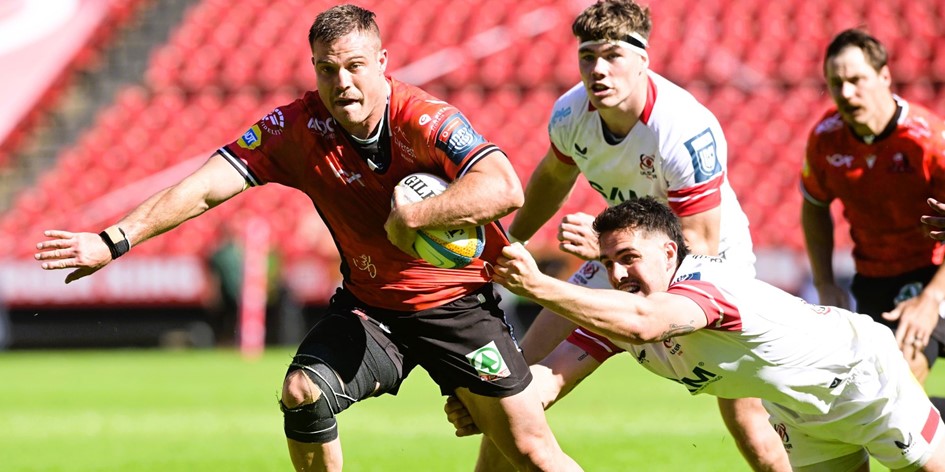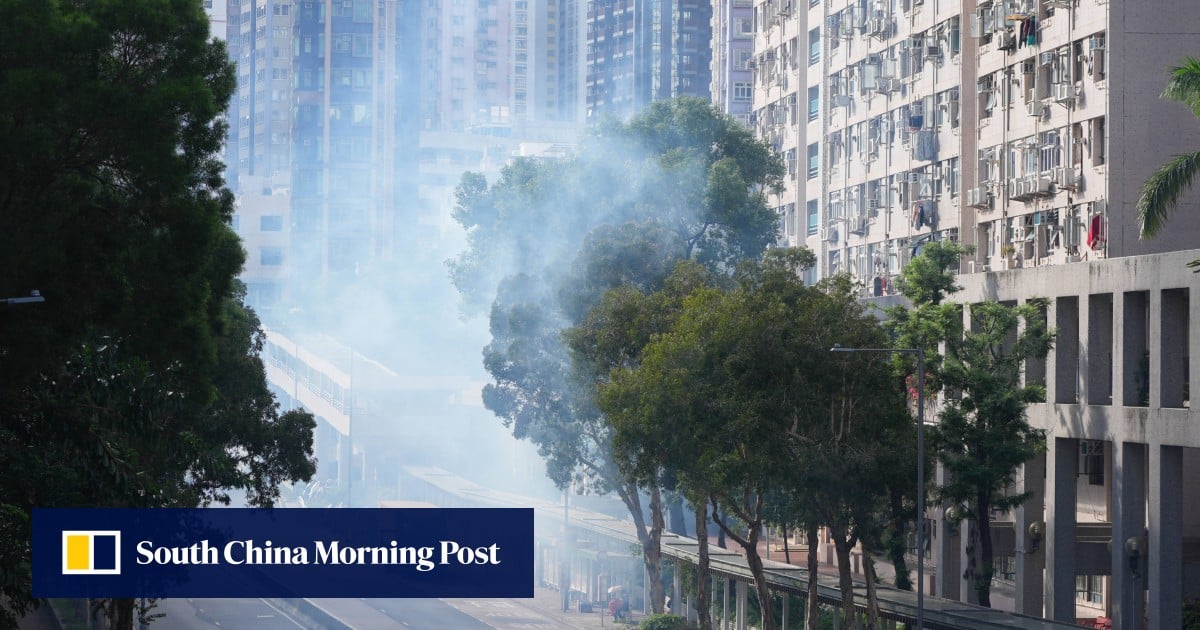Birthday wishes go out to Keith Urban, Rita Wilson and all the other celebrities with birthdays today. Check out our slideshow below to see photos of famous people turning a year older on October 26th and learn an interesting fact about each of…
Author: admin
-

Did Neanderthals eat anything other than meat?
Neanderthals, our extinct cousins, are often portrayed as eating nothing but meat — no fruit, no grains, no greens. But did Neanderthals really live on meat alone?
While there’s plenty of evidence that Neanderthals regularly chowed down on…
Continue Reading
-

How to Protect Yourself from Seasonal Flu and Pneumonia amidst the changing weather
October marks the beginning of a high-risk season for respiratory illnesses in North India. The combination of falling temperatures, rising air pollution and active viruses lead to a…
Continue Reading
-

Controversial Role of Therapeutic Hypothermia in Traumatic Brain Injury – European Medical Journal Controversial Role of Therapeutic Hypothermia in Traumatic Brain Injury
THE CONTROVERSIAL role of therapeutic hypothermia in traumatic brain injury continues to divide clinicians, as recent findings reveal conflicting effects on survival and neurological outcomes.
Review Overview
Researchers performed an umbrella…
Continue Reading
-

Three SA teams in the Vodacom URC top eight
The Capetonians are still at the top of the standings after a hard-fought 31-16 victory over Benetton in Italy on Saturday, with Jurie Matthee scoring 21 points for the visitors.
Earlier in the day, the…
Continue Reading
-
Thailand, Cambodia sign peace deal – RADIO PAKISTAN
- Thailand, Cambodia sign peace deal RADIO PAKISTAN
- Trump presides over Thai-Cambodia ‘peace deal’ – but what does it mean? BBC
- Trump signs ceasefire with Thailand and Cambodia at ASEAN summit Al Jazeera
- Trump co-signs Thailand-Cambodia ceasefire…
Continue Reading
-

Kiss musician’s solos literally had smoke coming out of his guitar – The Irish Times
Born: born 27th April 1951
Died: 16th October 2025
In May 1983, the guitarist Ace Frehley was driving his DeLorean sports car along the Bronx River Parkway in New York when he was asked to pull over by a police officer. In an intoxicated state,…
Continue Reading
-
Live updates: Trump arrives in Asia for summit before sit-down with China’s Xi Jinping later this week
The serious business of signing the Thailand-Cambodia peace agreement took on a lighter mood as Southeast Asian leaders used the moment to heap praise – and some gentle ribbing – on US President Donald…
Continue Reading
-

Hong Kong reports first local chikungunya fever case in at least 11 years
Hong Kong has recorded its first local chikungunya fever case in at least 11 years, with health authorities warning that the 10,000 people who live in the same neighbourhood as the 82-year-old patient face higher risks of infection.
Authorities…
Continue Reading
-

Pakistan captain cites poor weather for team’s winless campaign, says, ‘Arrange good…’
Pakistan captain Fatima Sana expressed disappointment as rain led…
Continue Reading
